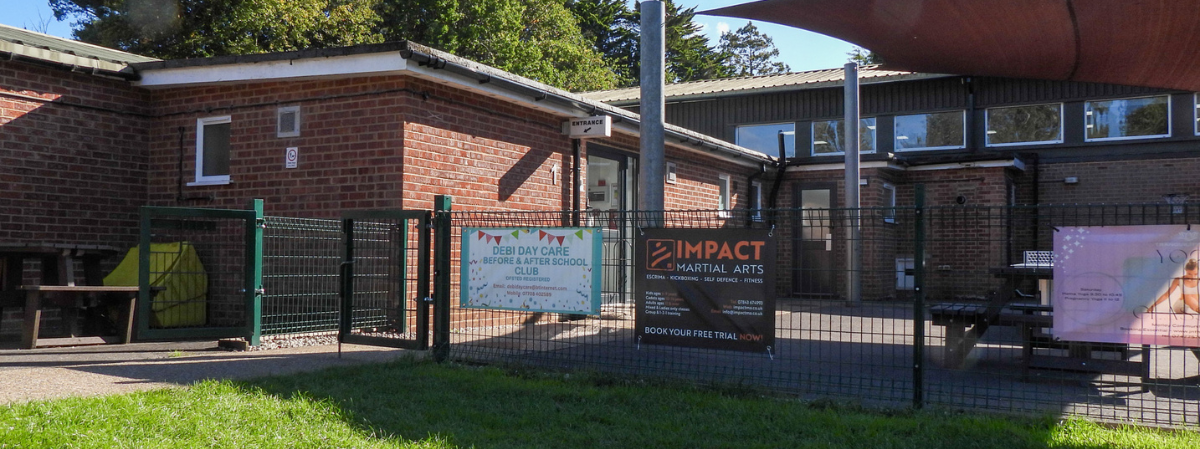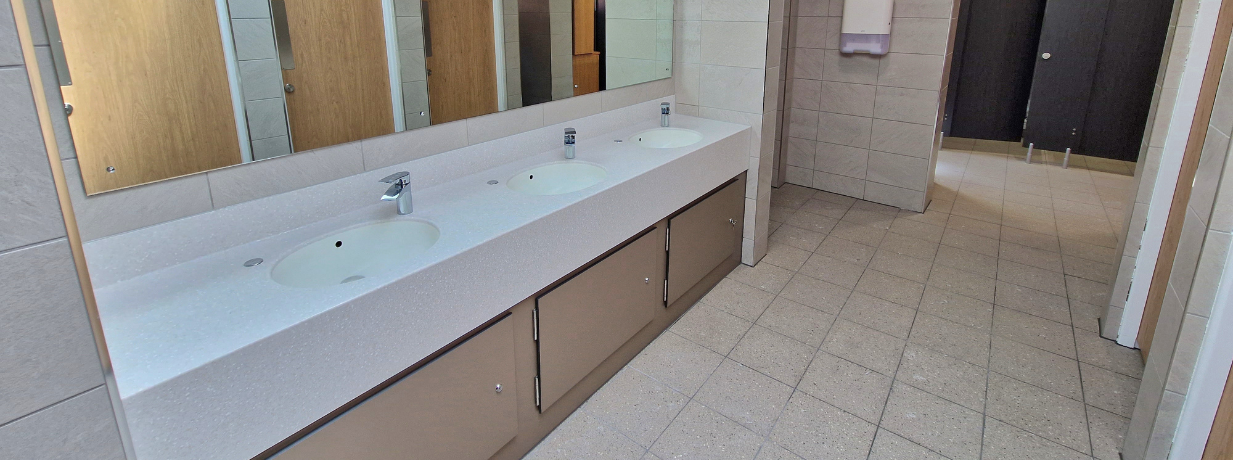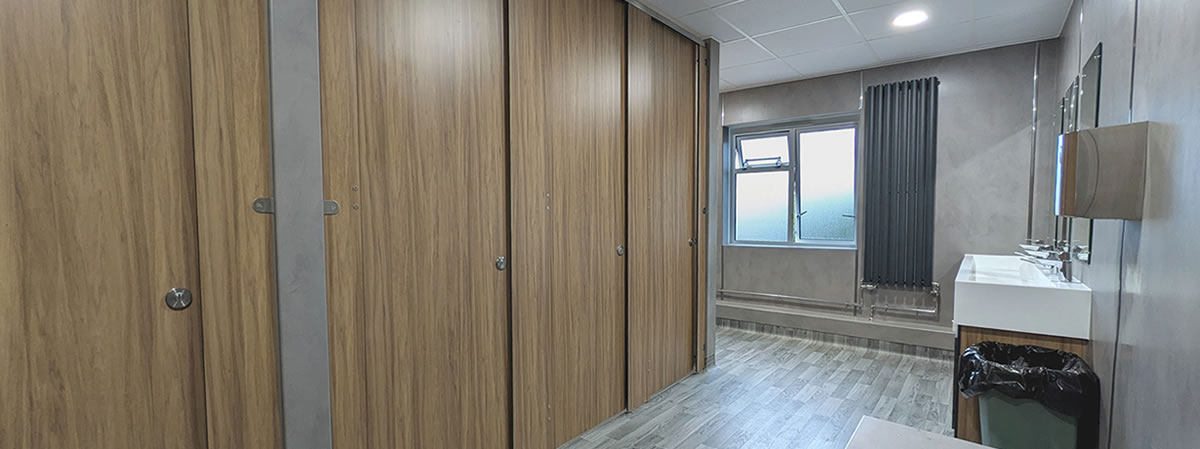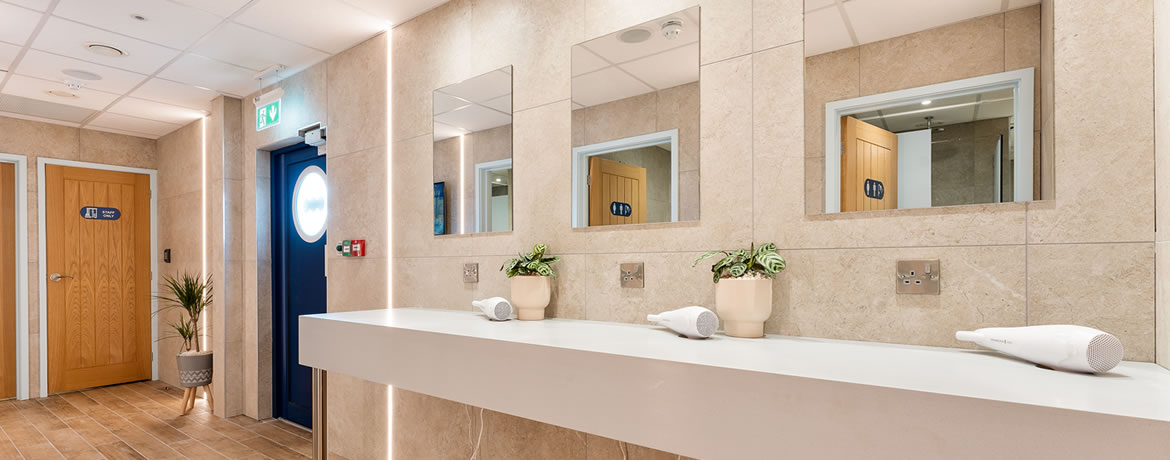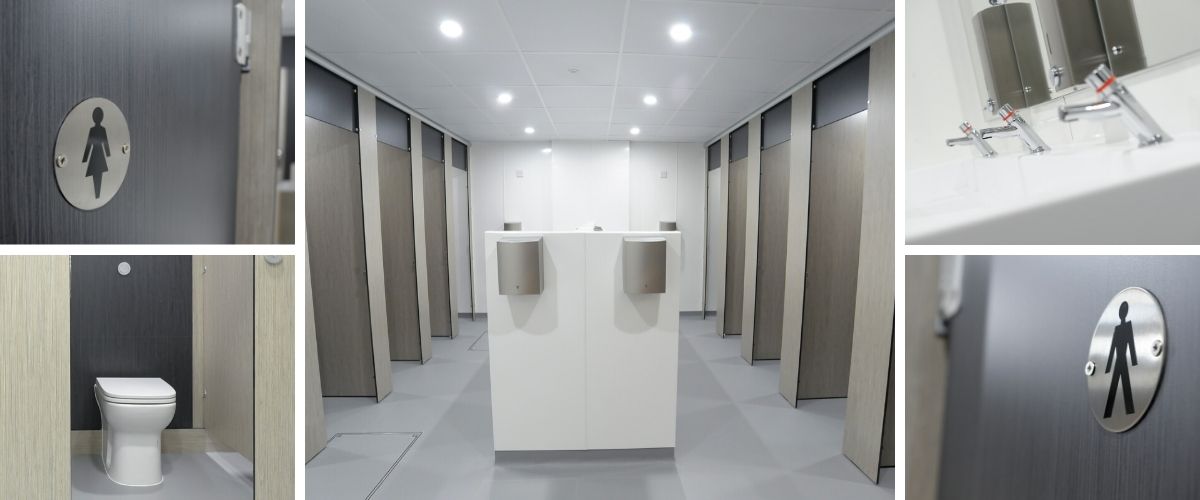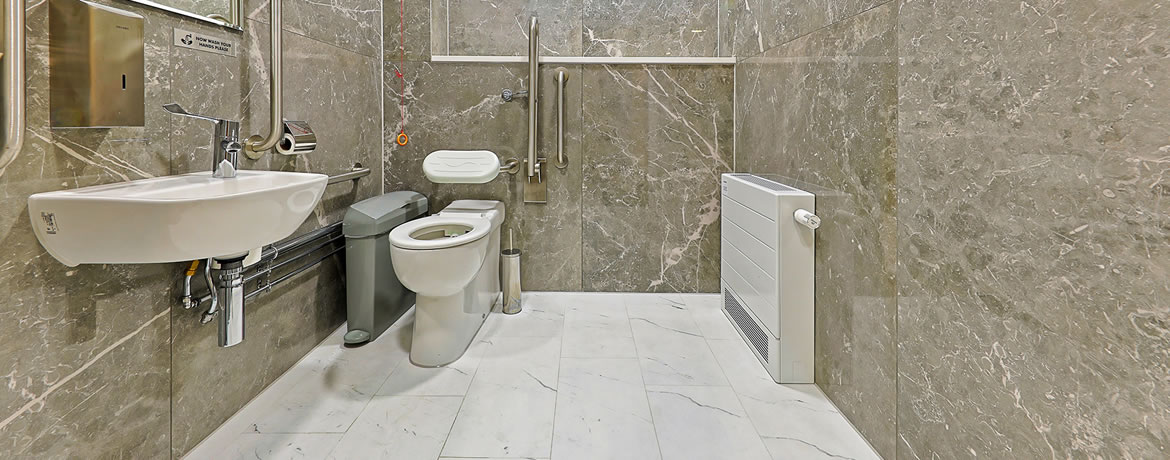Webbers Caravan Park Exmouth - Case Study
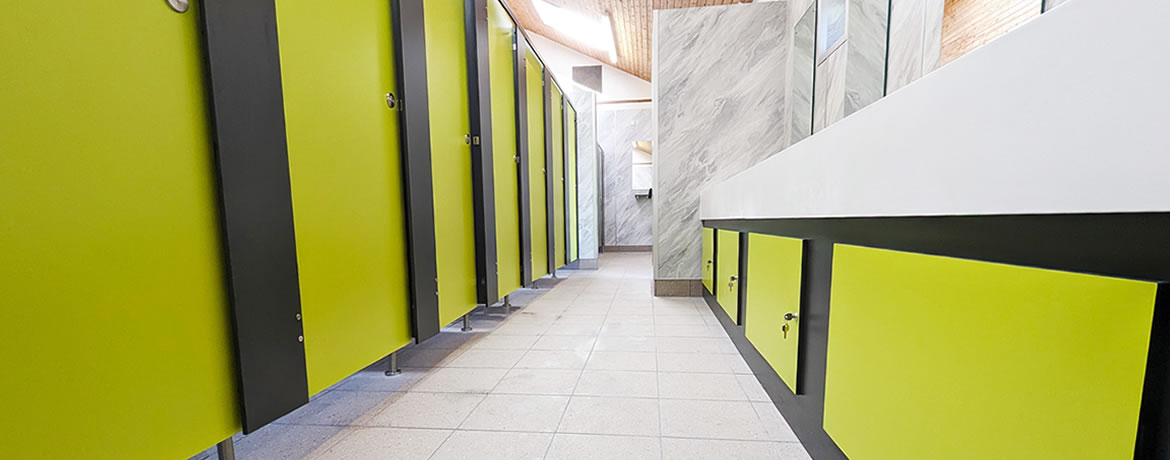
Webbers Park Caravan and Camping
The Toilet Block is situated in the centre of the Park and not only houses the Mens and Womens Washrooms, Baby Changing Facilities and Disabled Toilets but also the Washing Machines and Tumble Driers so it sees above average use.
The existing Washrooms have been in constant use for nearly 15 years and Commercial Washrooms were approached to provide an overdue modernisation.
Webbers Camping and Caravan Park is a family-run holiday park in a tranquil corner of East Devon, with breath-taking countryside views of Dartmoor and the River Exe. Only a few miles outside Exeter and the seaside resort of Exmouth, Webbers Park is an ideal place to relax and unwind in a truly rural setting and let the world pass by.
The Washroom Refurbishment
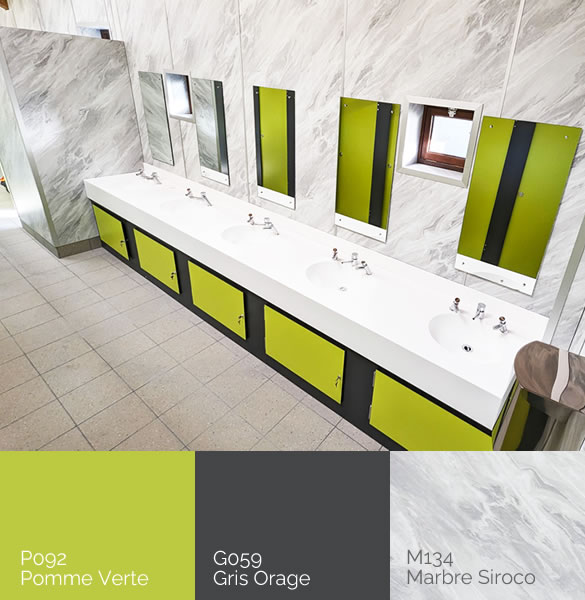

The existing Mens and Womens Washrooms were looking very dated so our Toilet Cubicle Design Team consulted with the owners to bring, not only the design, but the functionality up-to-date.
The Colour Scheme uses the vibrant "Pomme Verte" (Apple Green) as the accent colour in contrast to the "Gris Orage" (Thunder Grey) finished with white Corian Washtroughs.
SGL is a versatile material that can also be used as an attractive alternative to the standard Altro WhiteRock Installation and in this Campsite Refurbishment we used SGL with a Marbre Siroco (Siroccan Marble) finish to add a touch of style whilst maintaining the hygiene and finish of WhiteRoc.
Commercial Washrooms provide a full turnkey Campsite Refurbishment Service and this project started with a Strip out of the existing Cubicles, Sanitary ware, wall covering and Flooring.
The Floor was then screeded and tiled using Dorset Wooliscroft non-slip floor tiles for safety. The tiling gives a sturdy base for the Cubicles which incorporated 2 Shower Changing Cubicles, up to 3 Corian Sink with Vanity Units and up to 5 Back-to-wall Toilets.
To finish, 15 KWC SD80 Counter Top Mounted Soap Dispensers and pairs INTA non-concussive timed flow push button taps were installed in the Corian Washtroughs.
On the walls we installed Wall-Mounted Electrical Heaters and Fast Dry Hand Driers.
Washroom Refurbishment Gallery
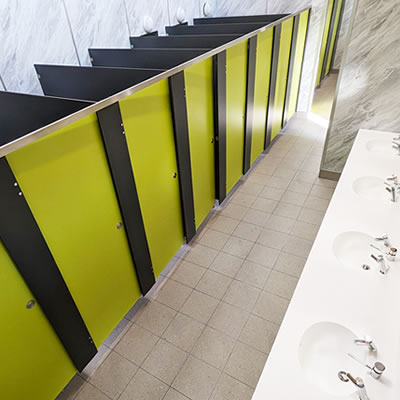

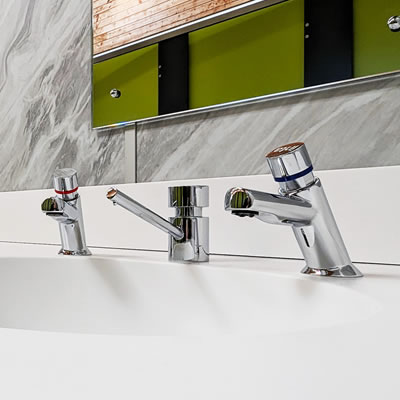

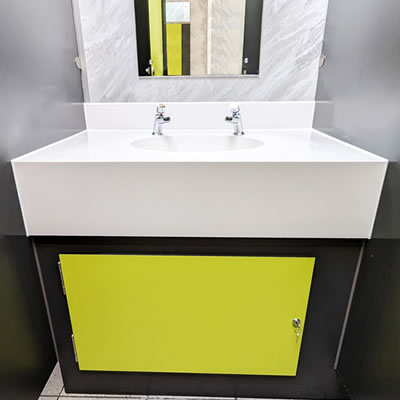

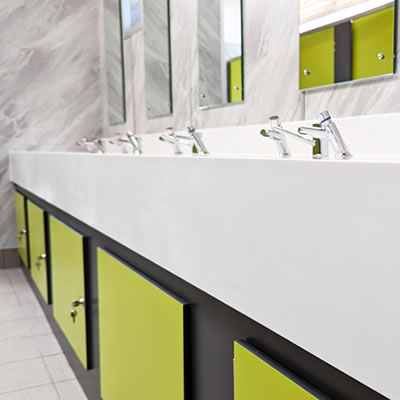

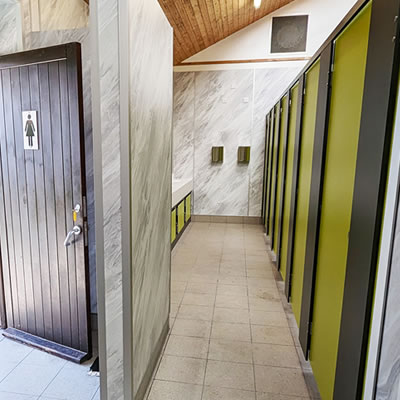

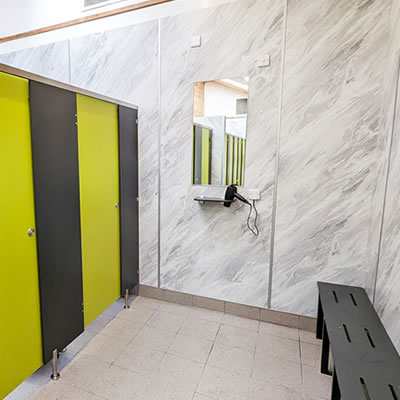

MORE TO EXPLORE IN Related Posts
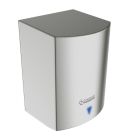
Fast Dry Hand Dryer Stainless Steel
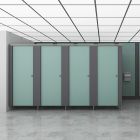
Ultra Plus SGL Toilet Cubicles With Stainless Steel Hardware (High Abuse Range)

KWC DVS Counter Mounted Liquid Soap Dispenser
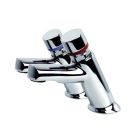
Inta Basin Mounted Non Concussive (Push) Taps

